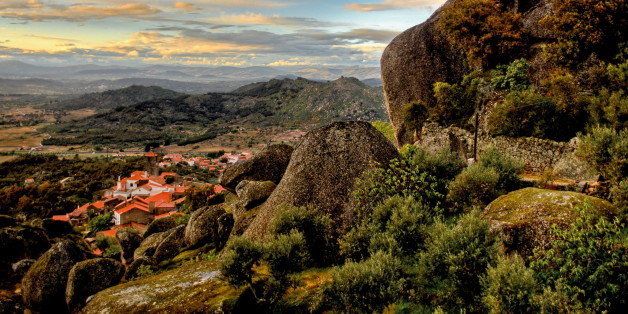
A few kilometers from the town of Nashik, in the state of Maharashtra, near the western coast of India, stands the lush, heavily-wooded Brahmagiri mountain. Its slopes house a variety of flora and fauna, and it is one of the few wild spots left in an increasingly urban India. However, human beings have left their mark here too, and the mountain range is dotted with the crumbling forts and towers of bygone kings and local satraps.
But the significance of this mountain lies more in its religious significance. Brahmagiri is located only a few kilometers from Triambakeshwar, the source of the river Godavari, one of the major river systems of South India. Triambakeshwar is a place of pilgrimage from many devotees, and it is intimately connected through legend to Brahmagiri itself. According to the lore, an ancient sage worshipped Shiva to bring the sacred river Ganga to Brahmagiri. On the auspicious night of Mahashivratri, Shiva answered his prayers, and the result is the Godavari river.
I headed to this mountain earlier this year to make my own pilgrimage there. I found the double package of nature tied with spirituality irresistible. Plus, the thought that the hill was no more than 1800 feet high made me courageous enough to consider "breaking in" my lungs and legs -- the product of lazy city life.
Remarkably, the natural beauty of the mountain kept me so captivated that I made it most of the way to the top without realizing just how far I had come. Little streams and rivulets abound in the mountain, and depending on which slope they flow down, they join one of three rivers that skirt nearby.
Throughout the trek, the mountain's ambiance filled my senses and gave me the sense that it was a natural temple. No wonder the locals consider it to be the body of Shiva itself. At regular intervals on the way to the top, I encountered little caves or roughly built structures which served as small temples for devotees and travelers.
Stopping every now and then to savor the beauty, refresh myself at the little streams, and drink in the bird calls and general hum of the jungle, it took me about two hours to get to the top. There, I was greeted by fierce winds that were rolling in from the ocean that is just about 50 miles away. With the winds came mist and fog.
As I walked forward a few more steps, through the mist I noticed a line of fellow pilgrims crowded around a little Shiva temple at the peak. Only then did I realize that I had made it to the top on the very night of Mahashivratri itself. I joined some of the pilgrims chanting the sacred mantra of "Aum Namah Shivaya", as is the tradition on Mahashivratri. I then spent a couple of hours by myself in a little grove of trees at the top. The mist-laded wind, my physical tiredness, and the mantra worked in tandem to give me a profound experience of peace and calm.